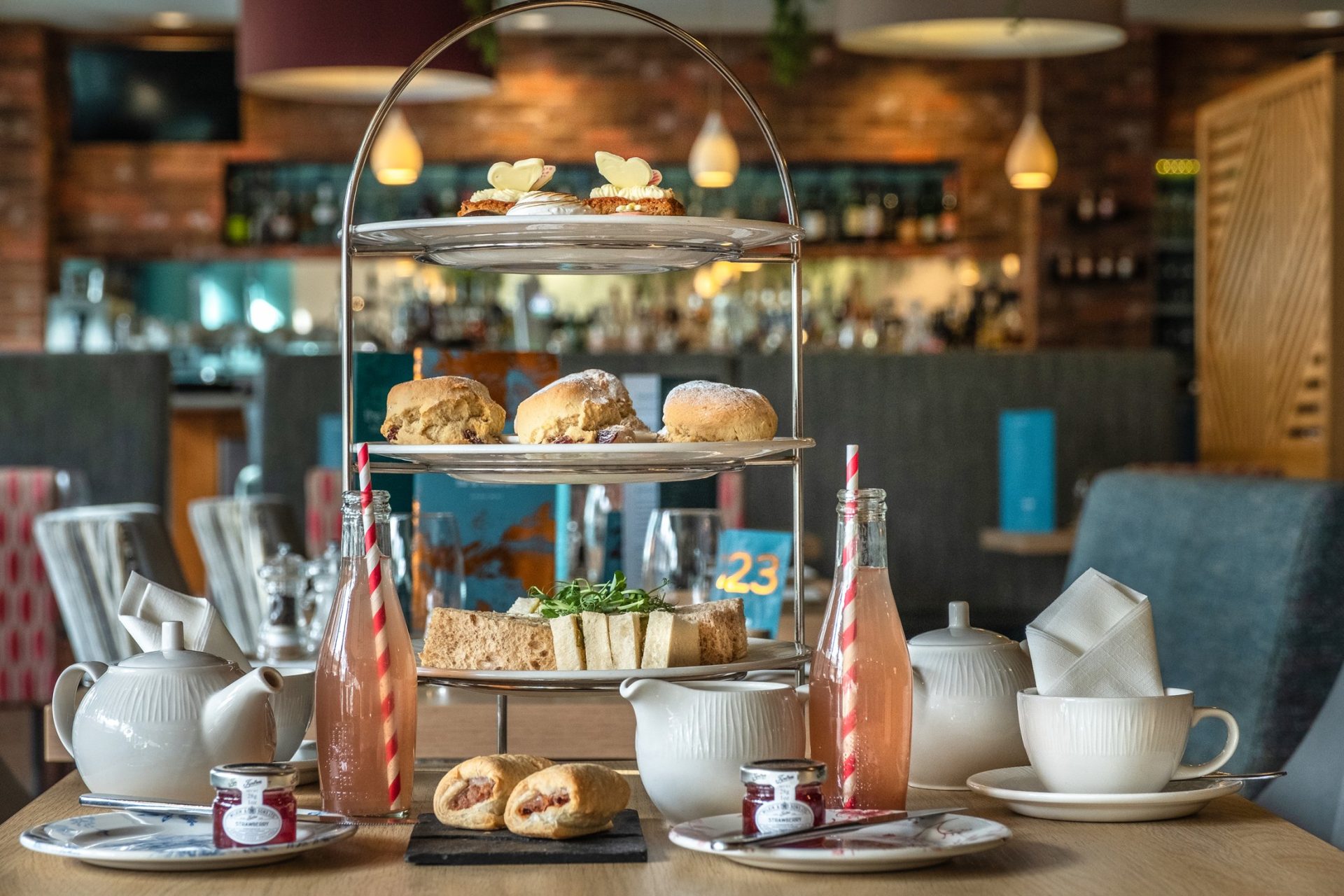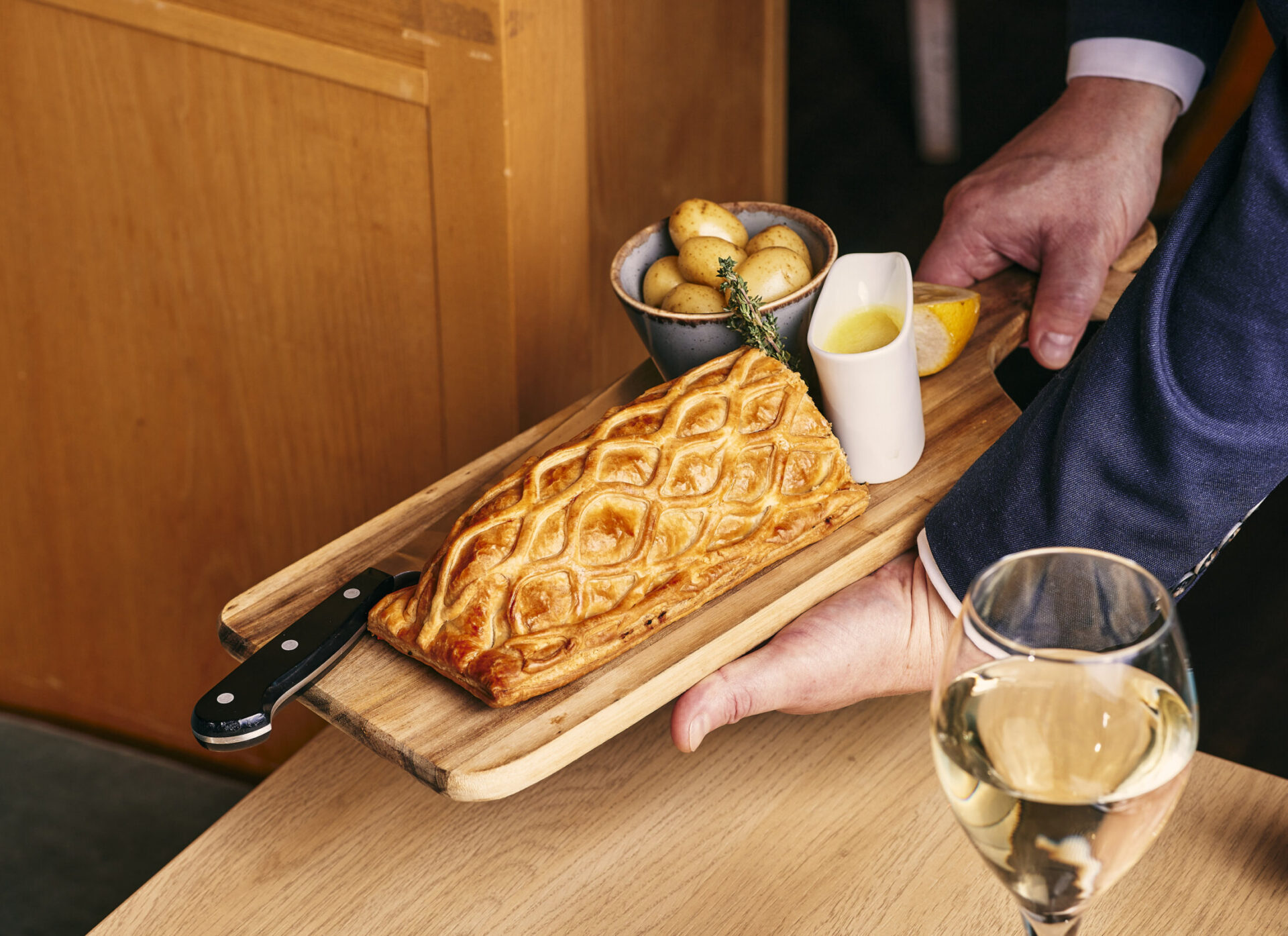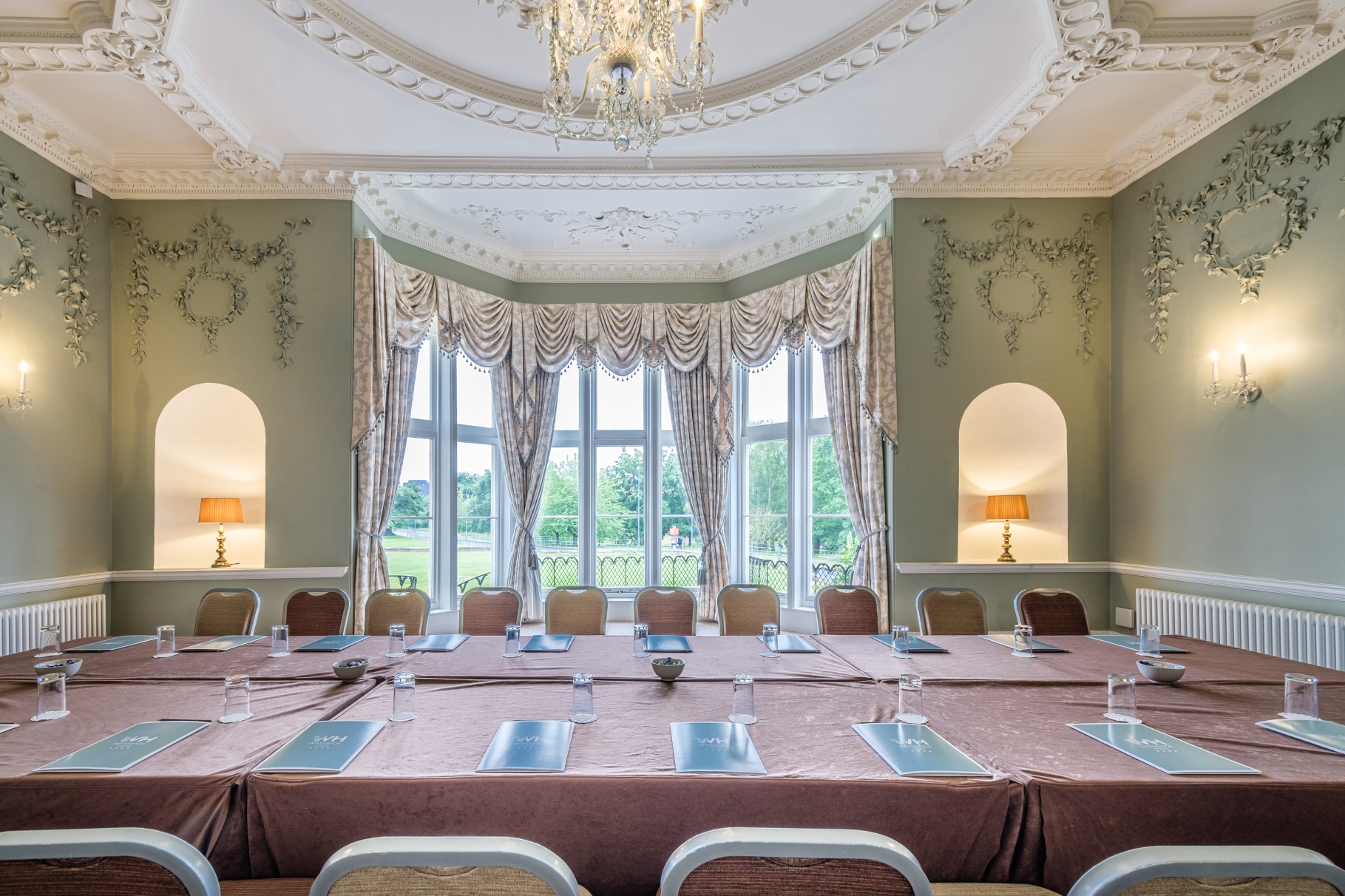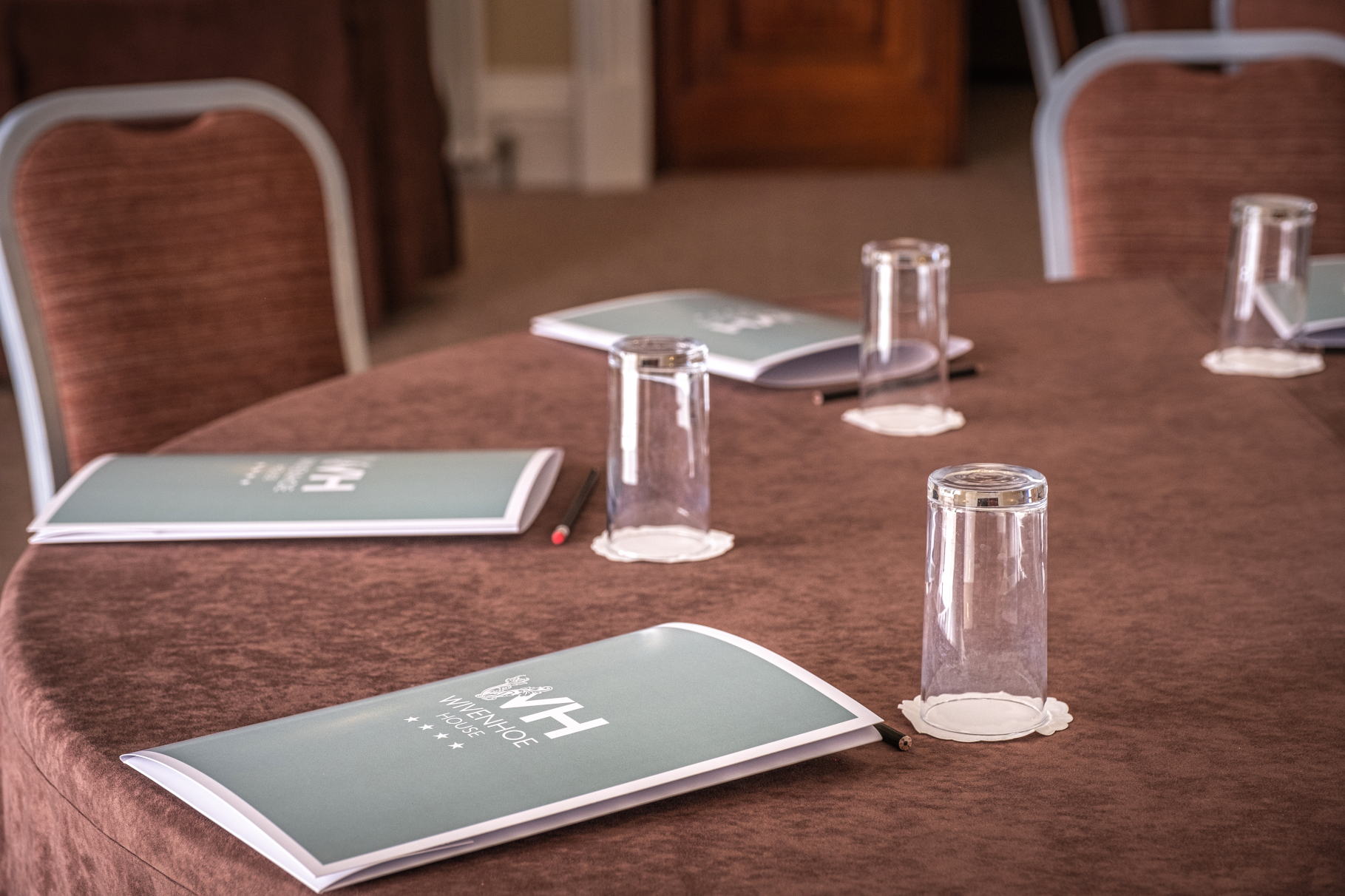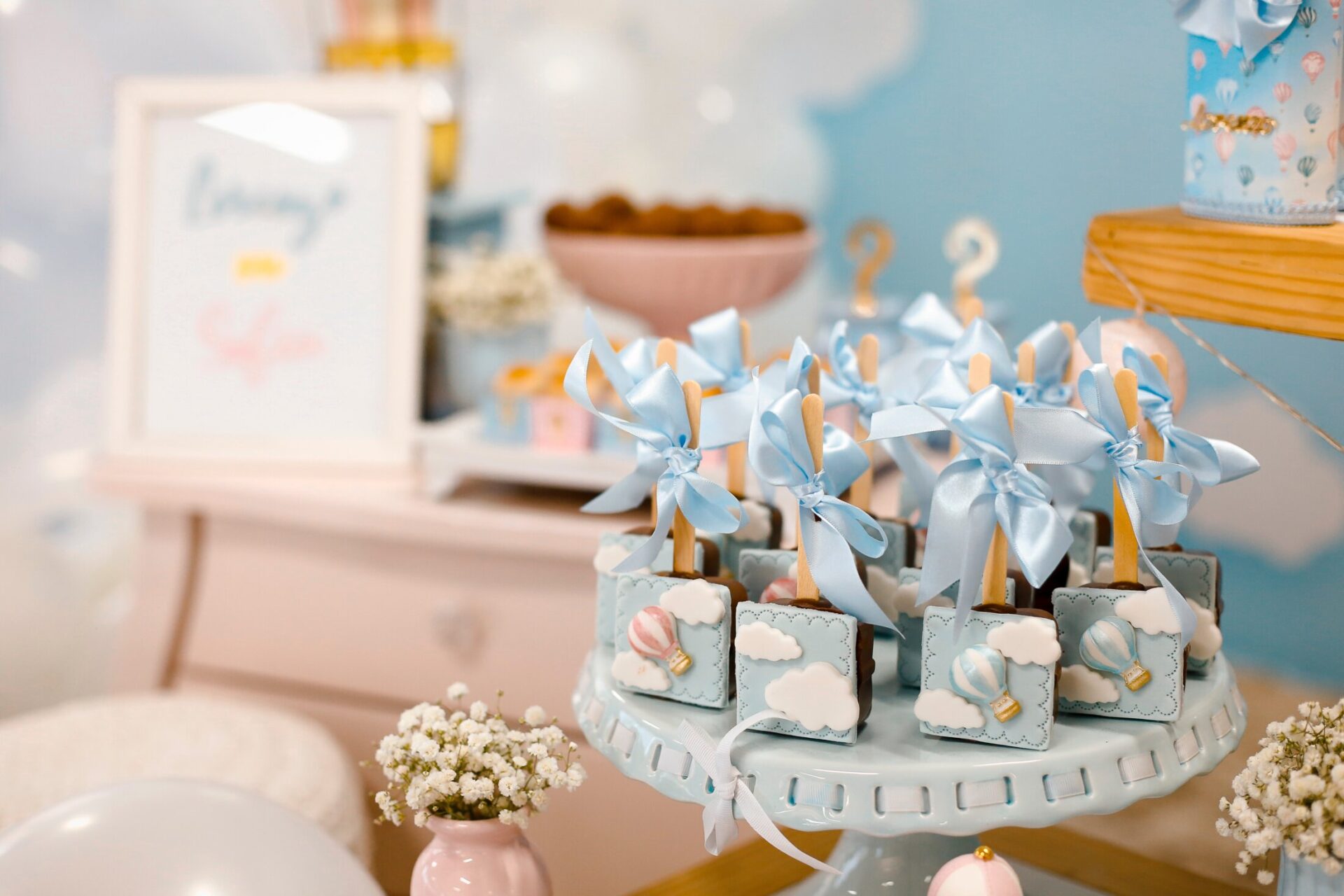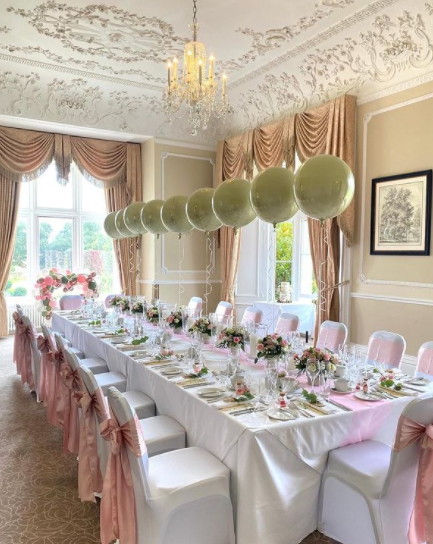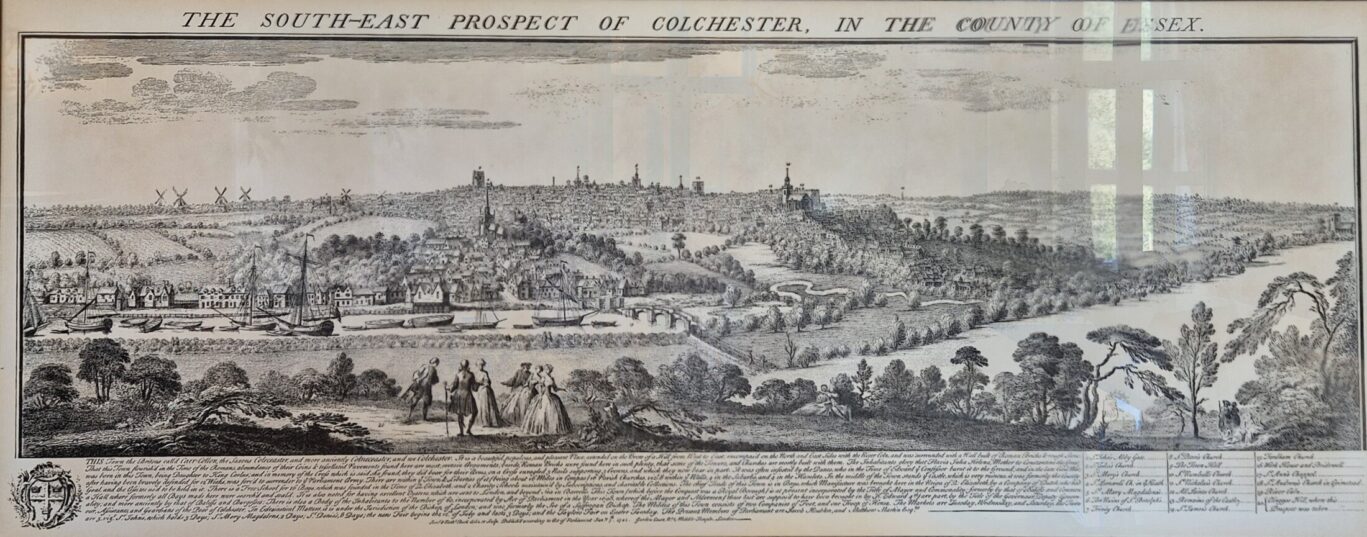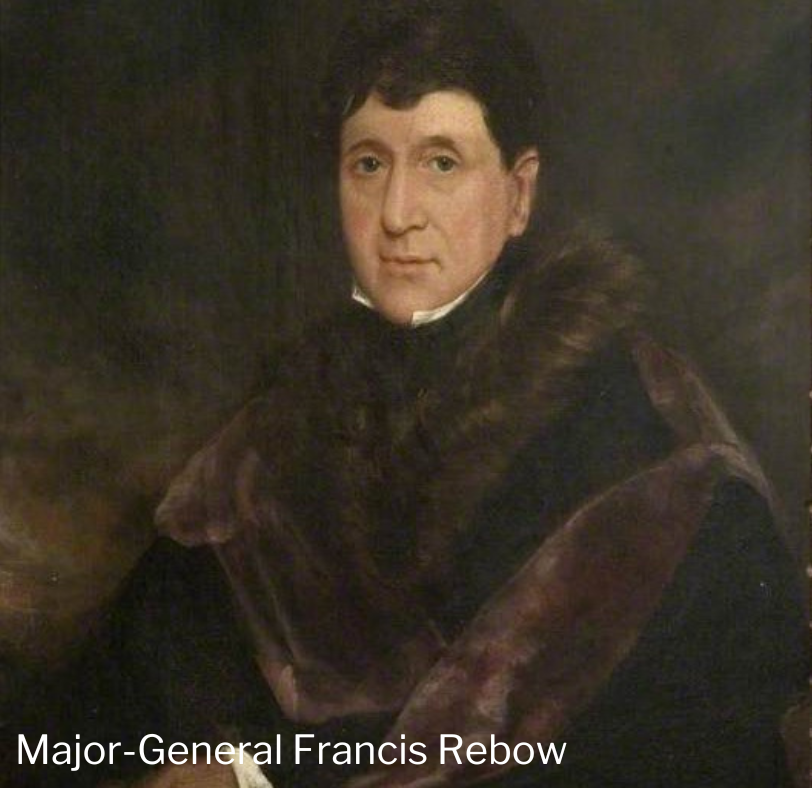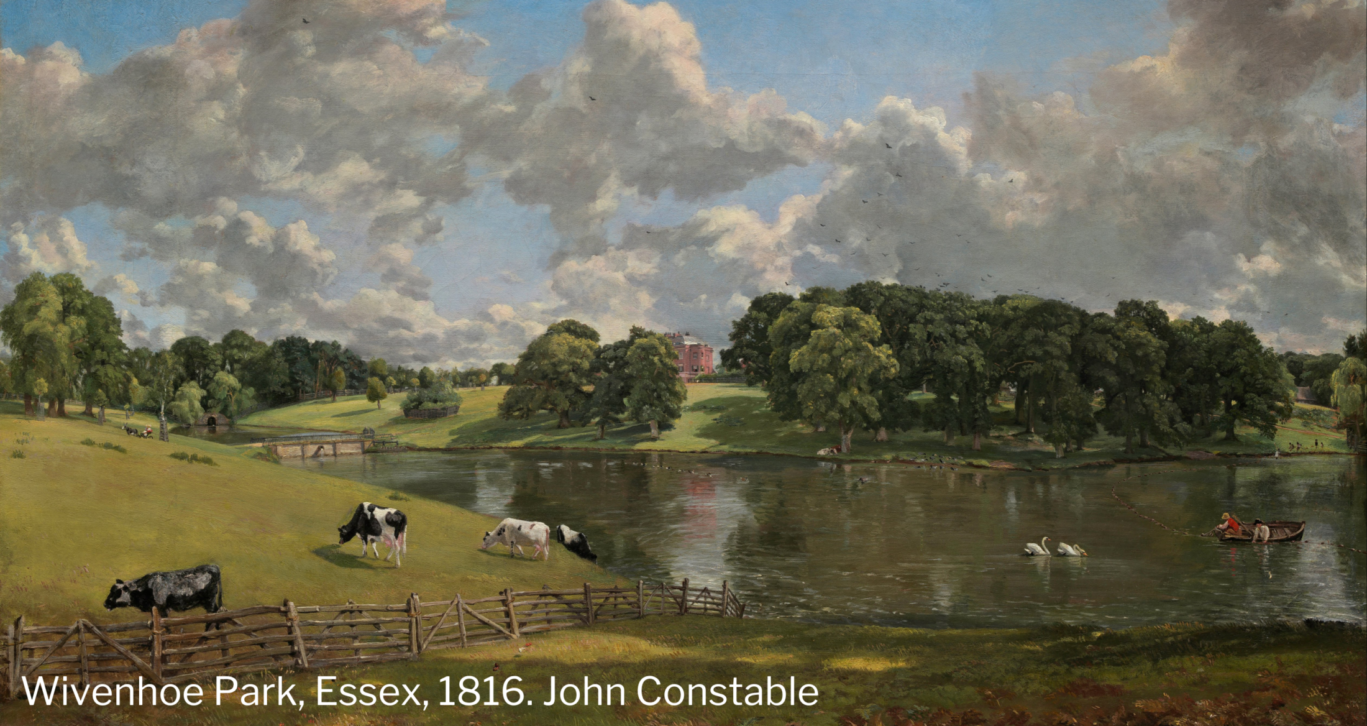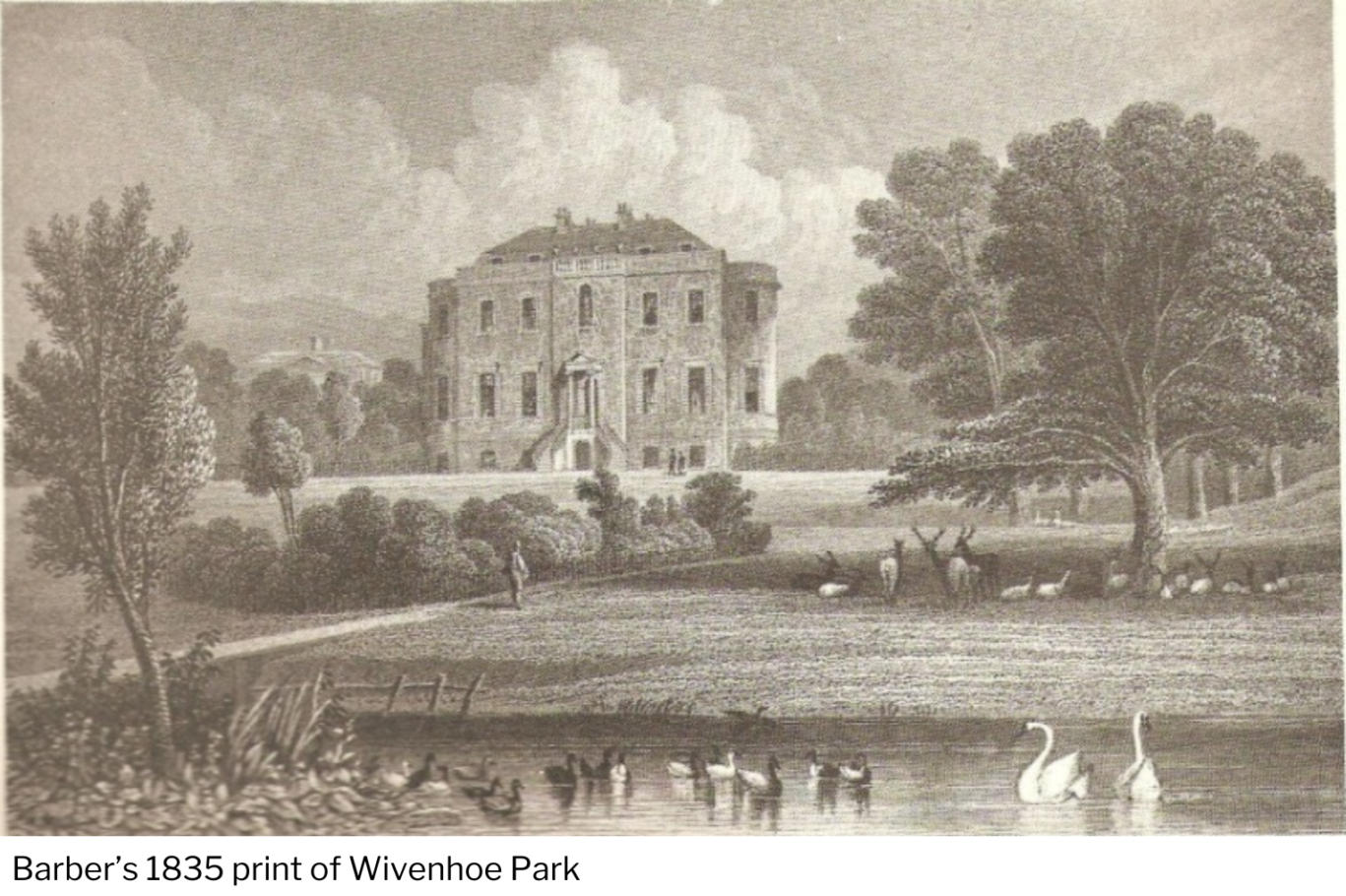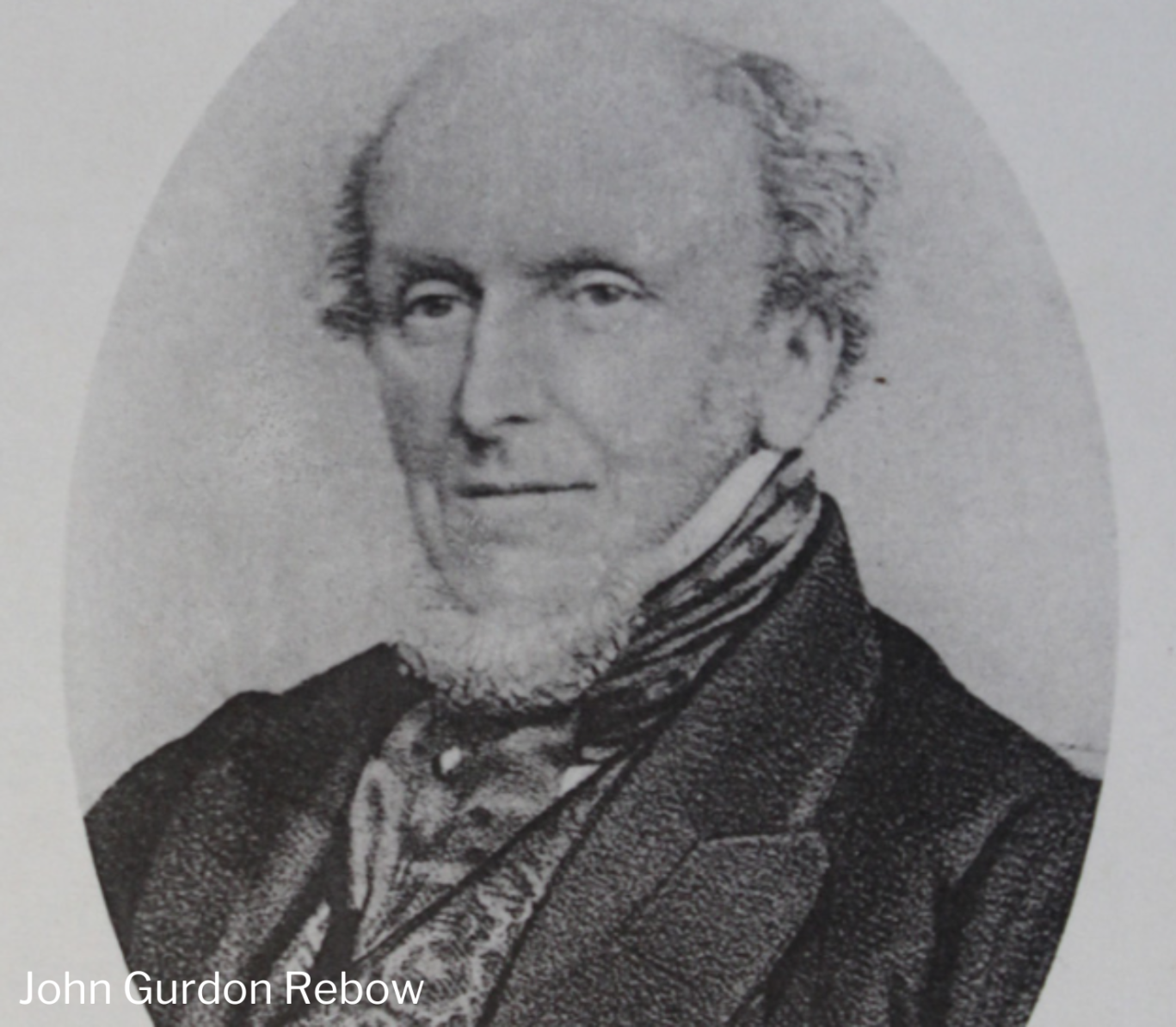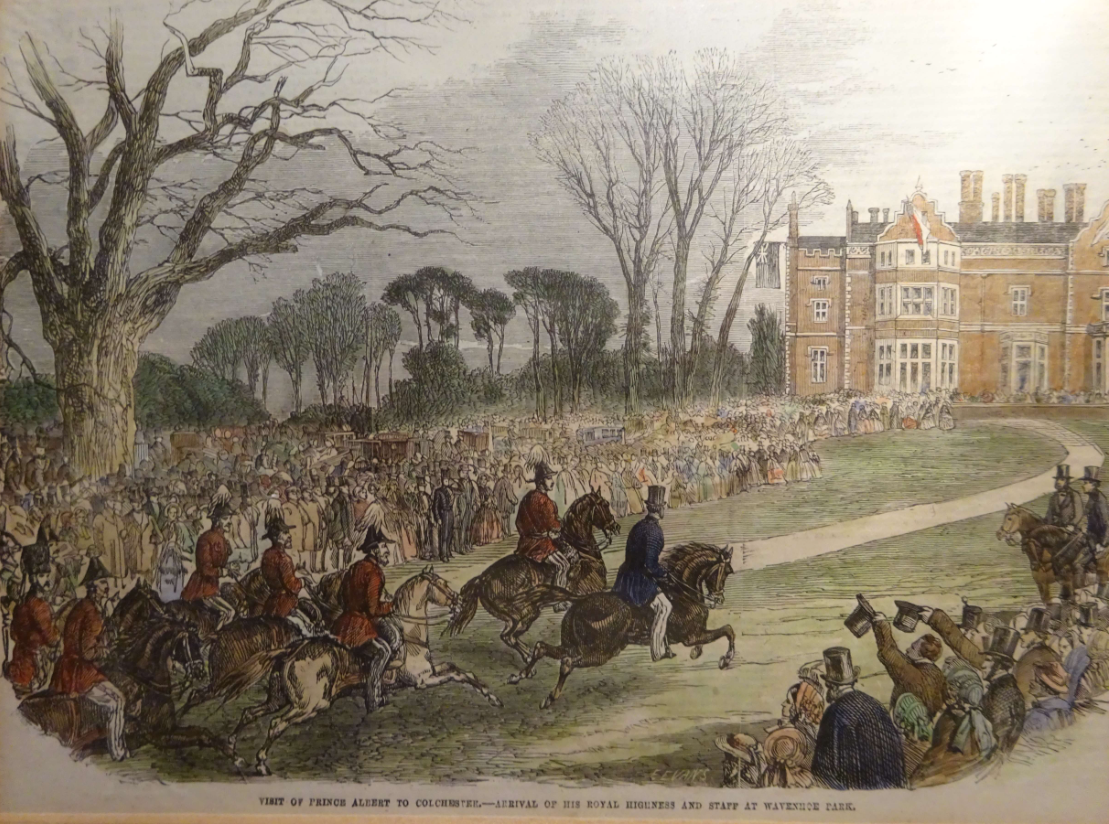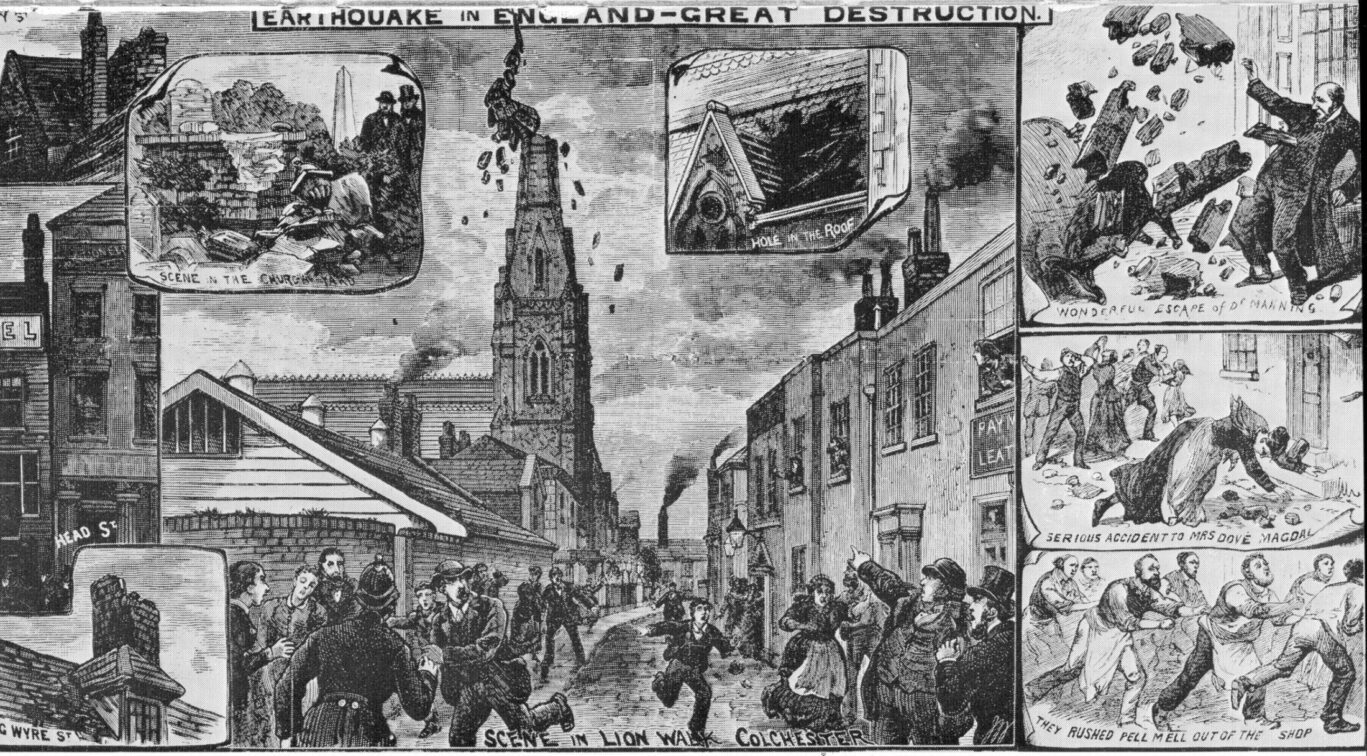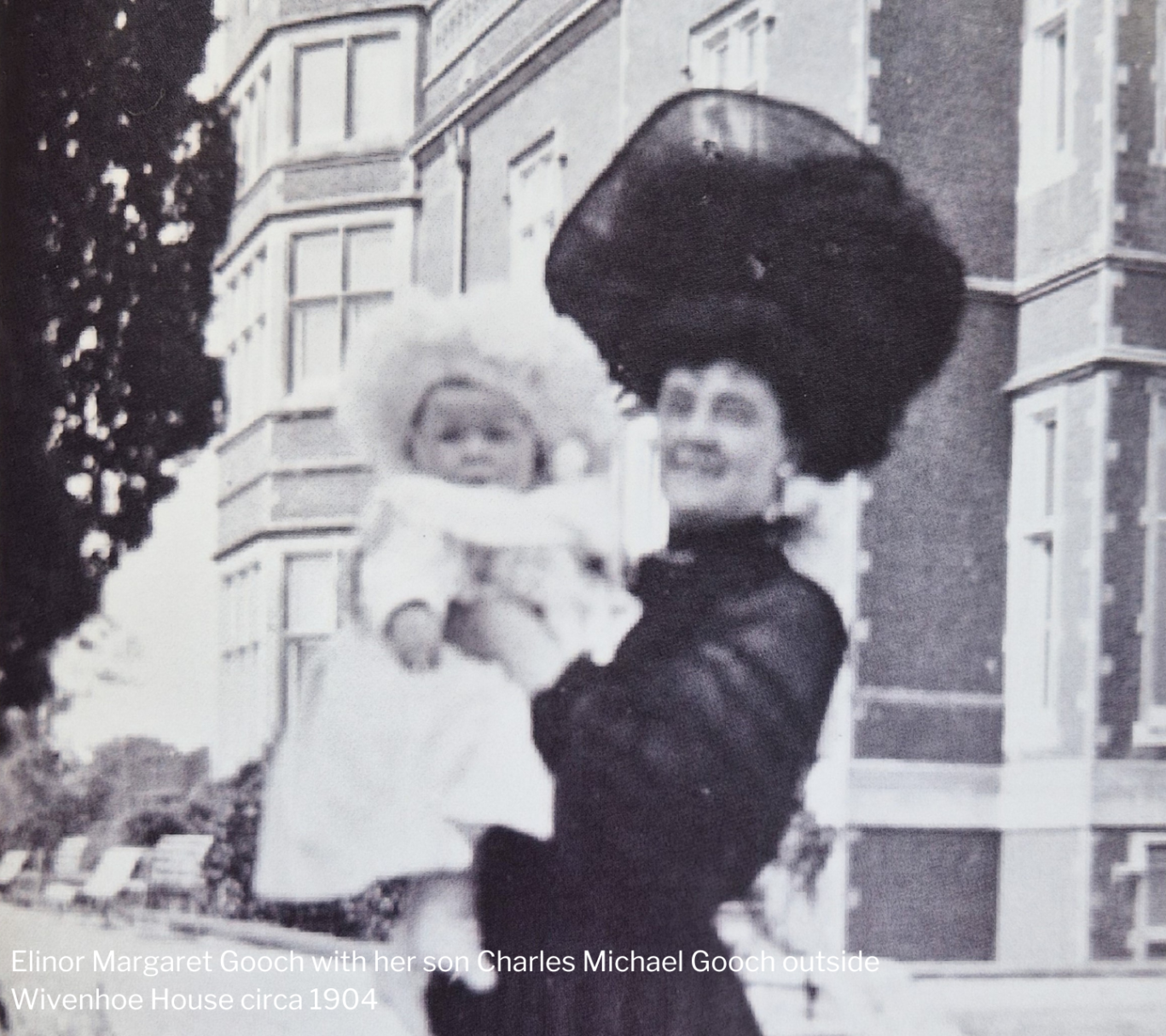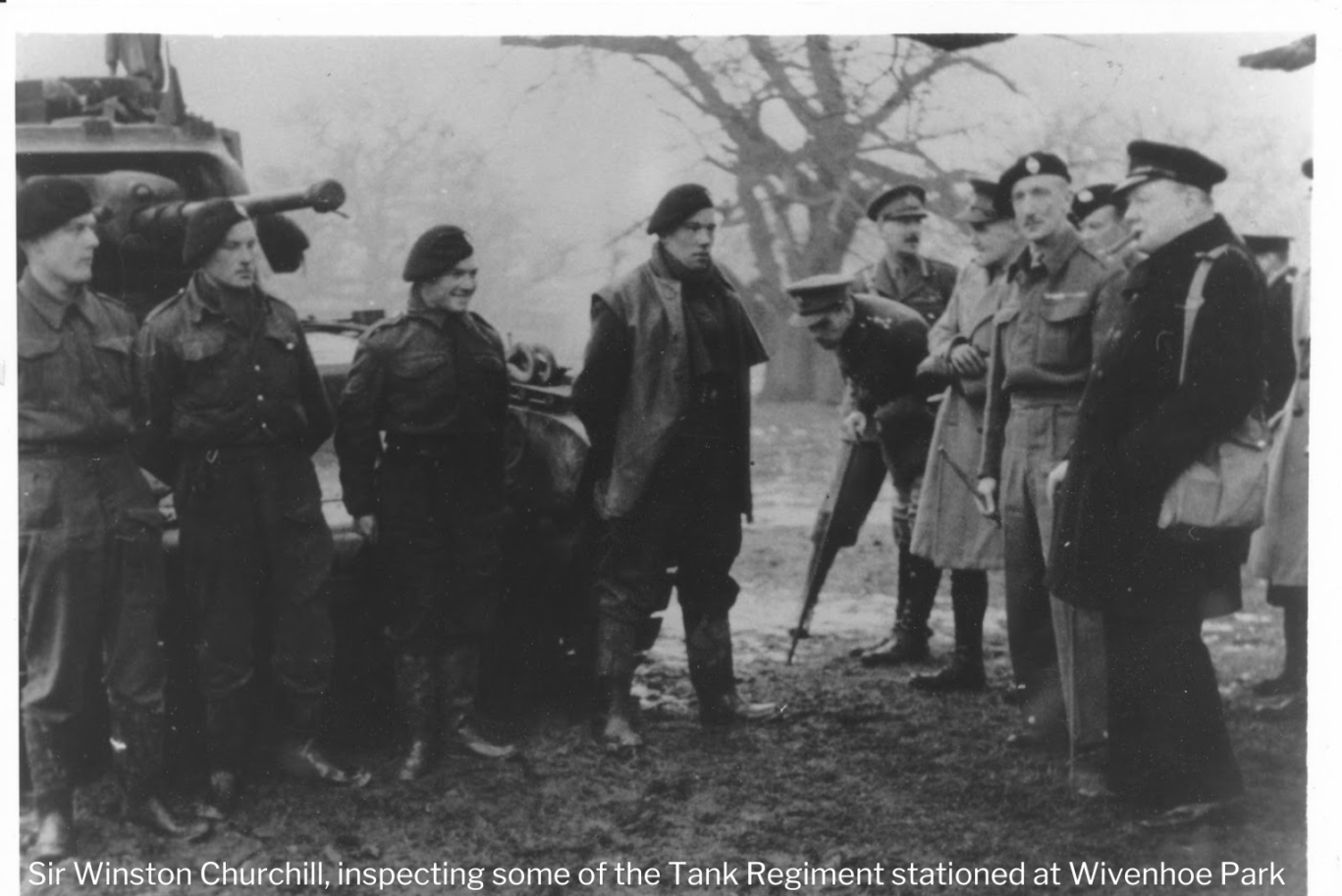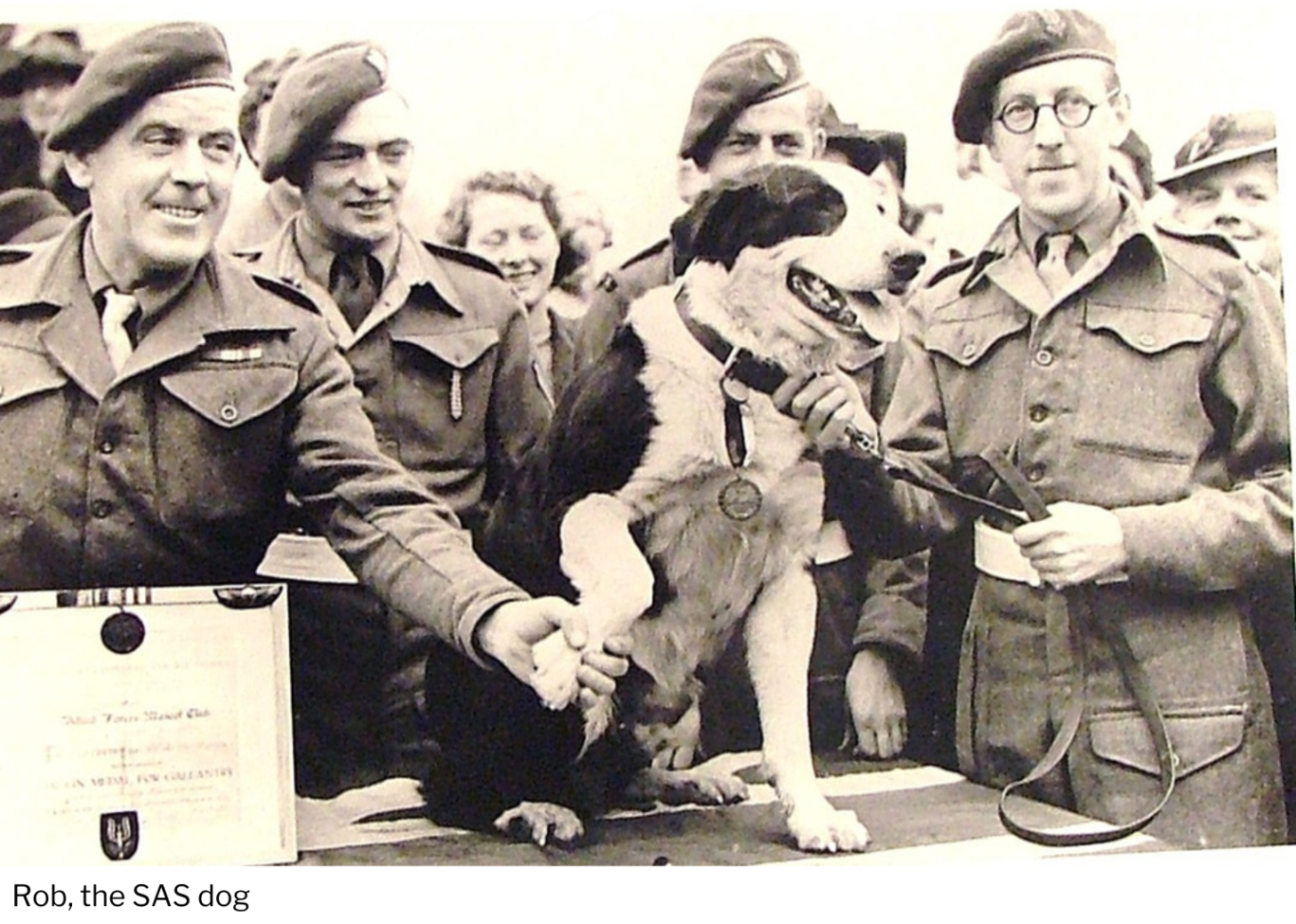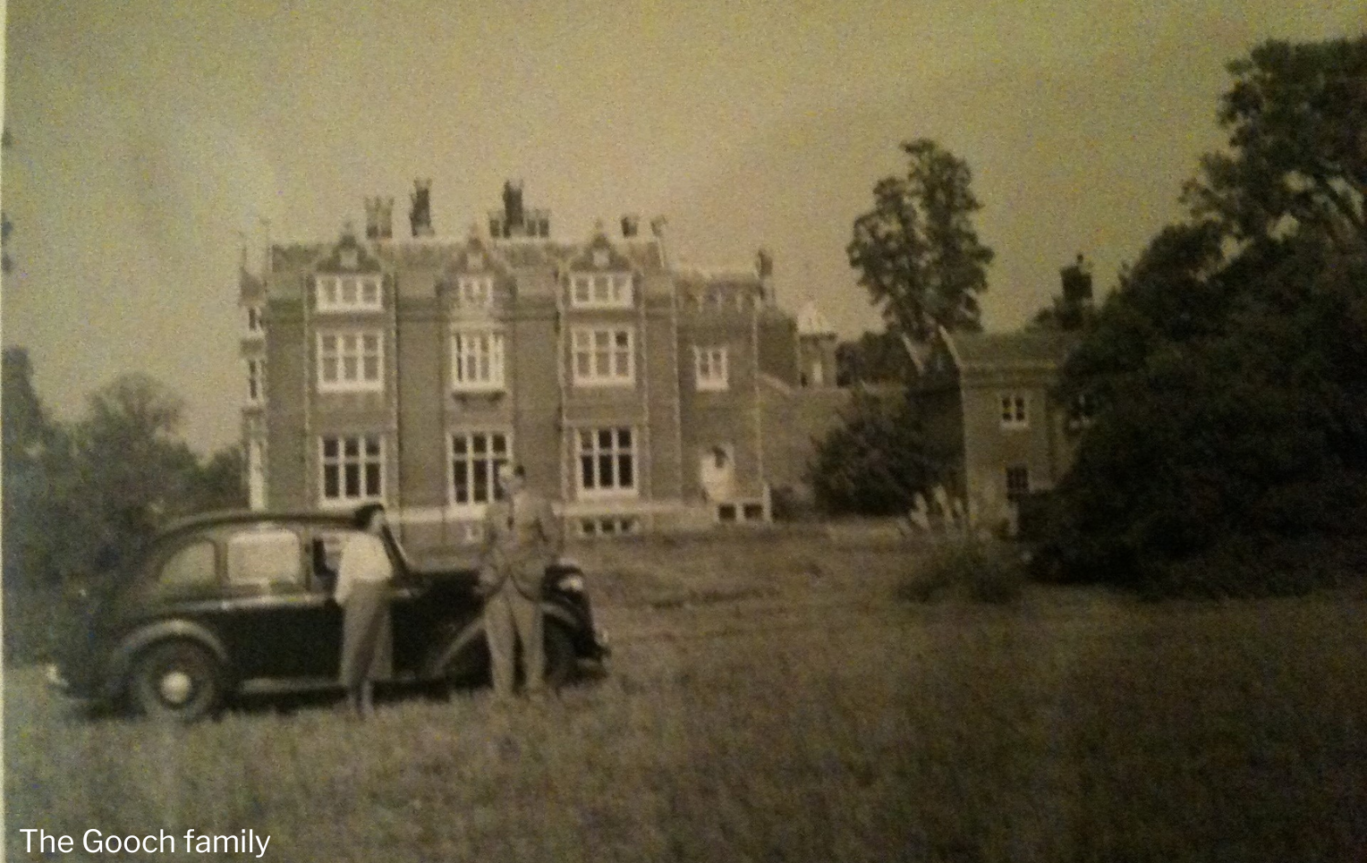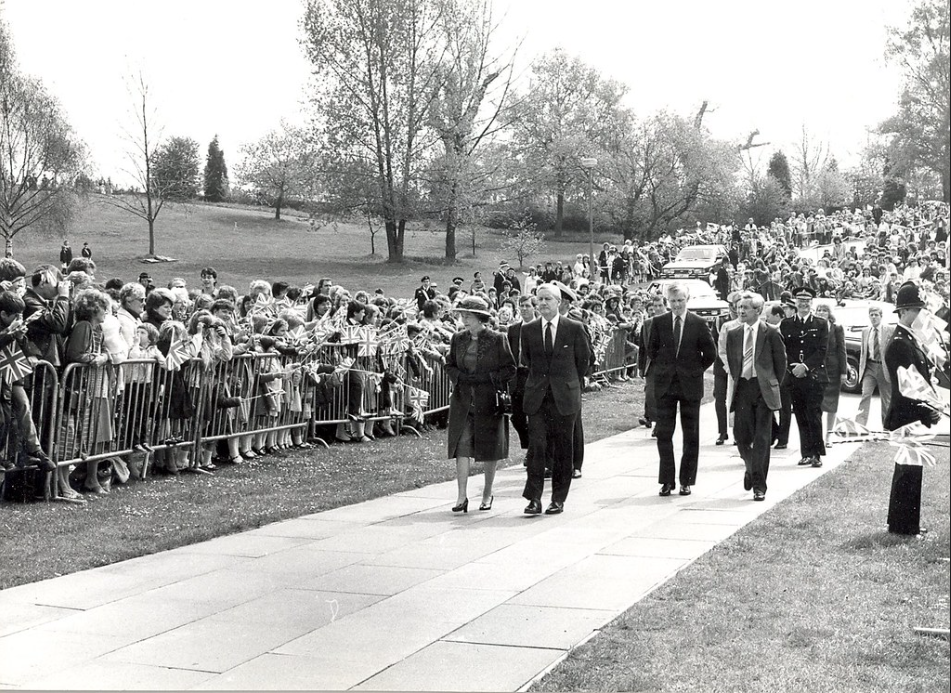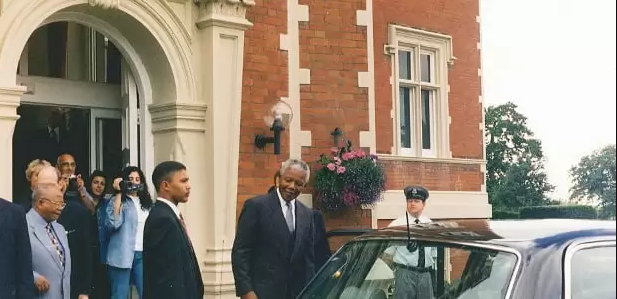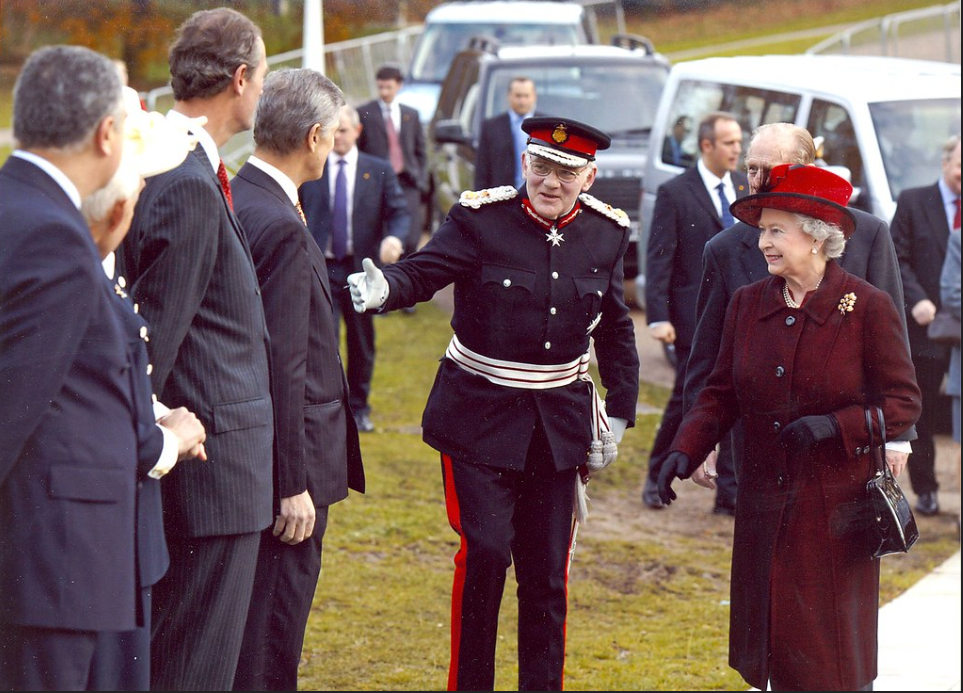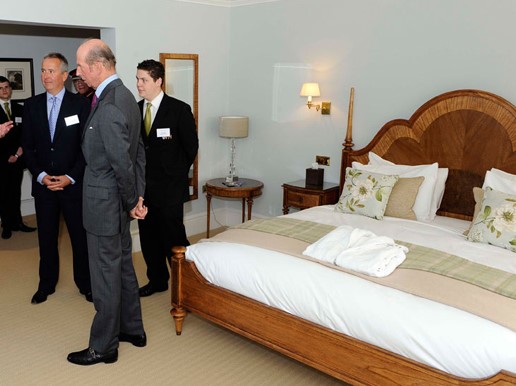Wivenhoe Park boasts a rich and diverse history spanning nearly 300 years. The expansive estate came into the possession of the Rebow family in 1733, having previously been owned by the wealthy Beriff family, who held extensive lands throughout the country.
Originally Huguenot refugees, the Rebow family rose to prominence as one of the most prosperous families in the borough of Colchester, building their fortune in the clothing industry.
The park was acquired by Isaac L. Rebow, a Member of Parliament for Colchester and a close friend of William III. Rebow, known for his tumultuous political career and numerous illegitimate children, passed away shortly after acquiring the estate. Ownership of the vast park then transferred to his son, Isaac M. Rebow, also an MP.
